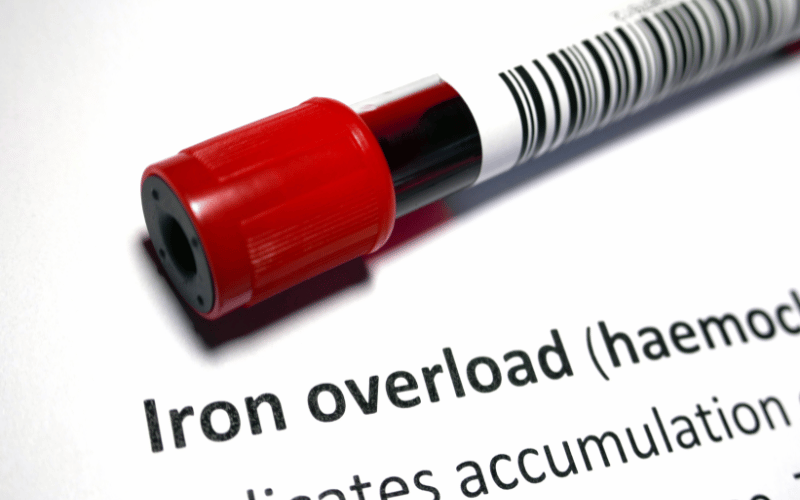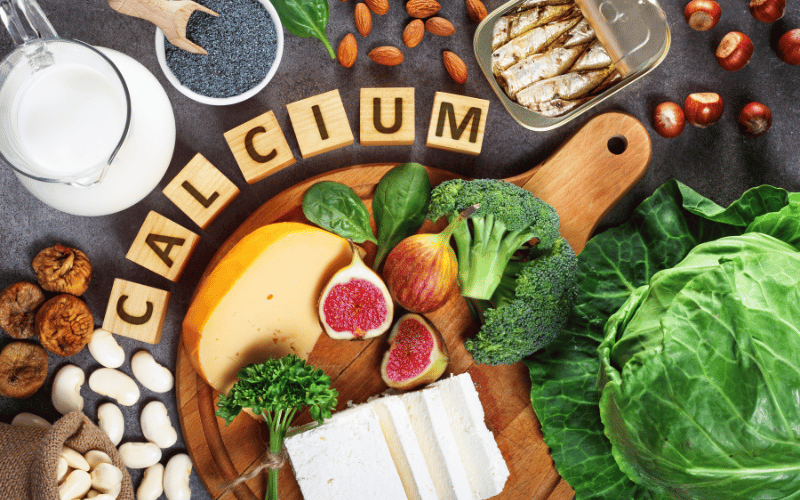Introduction: Navigating Nutrition for Hemochromatosis
Living with hemochromatosis doesn’t simply require medical intervention; it also demands a well-thought-out nutritional strategy. This genetic disorder, characterized by excessive iron accumulation in the body, can have significant health repercussions if not managed correctly. The foods we eat play a pivotal role in either exacerbating or alleviating the condition’s effects.

For those grappling with this iron overload, the kitchen becomes a ground for therapeutic practices. It’s not about banning iron outright—it’s crucial for numerous bodily functions—but about being selective and strategic with our food choices. This introduces the need for a tailored diet, carefully curated to ensure iron levels remain in check without compromising on the essential nutrients needed for optimal health.
While iron-rich foods are commonly considered beneficial, they can pose a risk for those with hemochromatosis. Thus, understanding which foods to embrace and which to avoid becomes a daily endeavor. The tenet of managing hemochromatosis with diet is not merely avoiding iron but finding balance and harmony in what we consume.
Moreover, it’s about infusing variety into your meals while still adhering to the guidelines that keep iron levels under control. It involves a constant learning process—discerning the iron content in foods, appreciating the role of companion nutrients that influence iron absorption, and applying this knowledge to everyday eating habits.
The purpose of this article is to shine a light on the best foods that suit a hemochromatosis-friendly diet. With our focus on nutrition, we’ll explore how certain foods can act as natural regulators of iron absorption, thus supporting your health journey with hemochromatosis. Let’s embark on this culinary exploration to empower you with the knowledge to eat not just well, but wisely.
1. Calcium-Rich Foods: Nature’s Iron Moderators

When it comes to managing hemochromatosis, calcium doesn’t just build bones—it also helps keep iron check in. That’s because calcium is a natural regulator, known to inhibit iron absorption when consumed during or right before meals containing iron. This isn’t about downing gallons of milk or munching on cheese blocks. Instead, it’s about integrating calcium-rich foods like broccoli, kale, and almonds into your diet. Think about starting your day with a steaming bowl of oatmeal topped with almonds, or swapping out your mid-day snack for a crisp, green kale salad.
And here’s a fascinating twist: calcium’s iron-blocking ability is specific to non-heme iron, the type found in plant-based foods. So, by pairing calcium with vegetarian meals, you’re taking a strategic step towards controlling iron uptake. It’s a simple equation—more calcium equals less non-heme iron absorption, which is particularly beneficial for those monitoring their iron levels.
The goal isn’t to avoid iron altogether, but to strike a balance. Foods like Greek yogurt and sardines, which offer a double whammy of calcium and vitamin D, are perfect for crafting a meal plan that’s mindful of hemochromatosis. While a glass of milk might be the poster child for calcium, let’s not forget about tofu and fortified plant milks, which can be an ideal addition to a hemochromatosis-friendly diet.
Dairy alternatives are equally worth considering, especially if you’re lactose intolerant or following a vegan lifestyle. And for a bit of indulgence, dark chocolate not only brings joy to your taste buds but also contributes to your calcium intake. Remember, the calcium-rich foods you choose can be as diverse and flavorful as any other part of a well-rounded diet. (1)